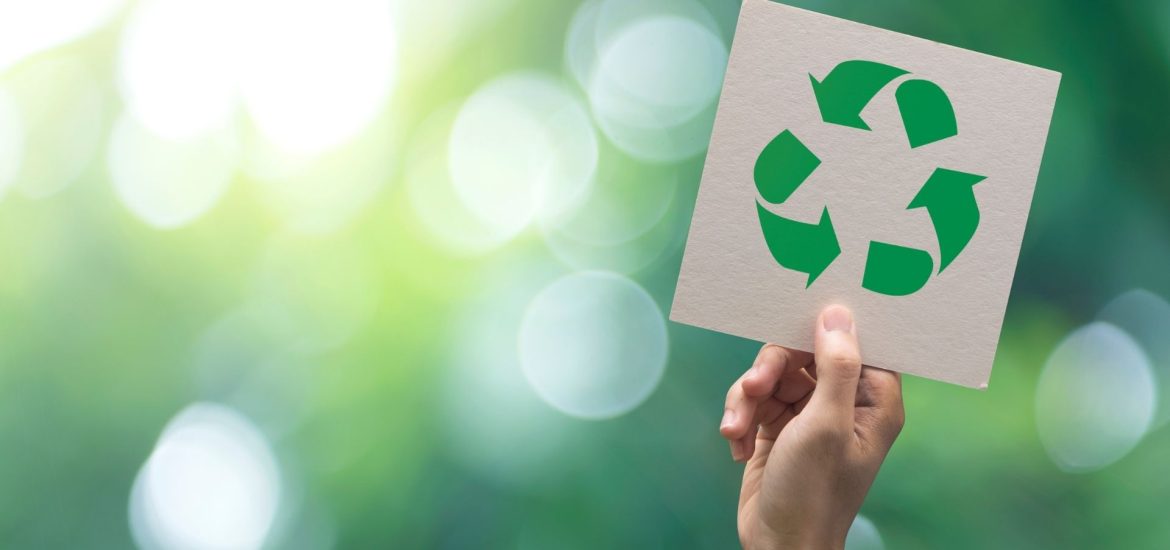Waste Hierarchy: What are the 4 Rs?
Reduce, Reuse, Repurpose/Upcycle, Recycle –
These 4 R’s are extremely important when it comes to sustainable living and help manifest environmentally responsible consumer behavior. They all aim to reduce the amount of waste we create, which will not only save money but conserve natural resources and energy as well.
Reduce
Reduce comes first in the waste hierarchy and is the most effective way to prevent waste from being generated in the first place. From production to transportation, every single product that we own uses up large amounts of raw materials and energy, which poses as a detriment to the environment through resource depletion and pollution creation.
Tips on Reducing
- Only buying what you need
- Buy in bulk, click here to learn the basics of bulk buying
- Buy used items from thrift stores or consignment shops
- Borrow, rent or share items that are used infrequently like Halloween costumes, party decorations, pool toys
- Printing double sided
- Avoid buying non-recyclable products
Reuse
Reuse is a great way to give an item an elongated life span by using it more than once. This means that none of the components of the product are wasted and can be used again for the same purpose.
Tips on Reusing
- Using a reusable grocery bag instead of a getting a new plastic bag at the store
- Using reusable utensils and water bottles
- Reusing plastic or glass jars as storage containers (e.g. glass honey jars to store flour or sugar)
- Repair items like clothes, shoes, tires, electronics or appliances instead of throwing and replacing them
- Donate unwanted items to charity organizations like Goodwill or Habitat for Humanity and help those in need
Repurpose
Repurposing and upcycling are often used interchangeably but they are actually slightly different. Repurposing is using one product to serve a different purpose and creating a new use for an old product. Examples include making plant pots out of egg cartons or making tea lights out of bottle caps.
Tips on Repurposing
- Look for inspo on creative ways to repurpose items: blogs
- Repurposing can be a fun arts-and-craft activity to do with children
- Works really well during holidays like Halloween and Christmas, where you can make decorations and costumes from old and used items at home
Upcycle
Upcycling on the other hand is enhancing or upgrading a product to better serve the same purpose through the addition of paint, ad-ons, decorations etc. An example is painting over your old table to transform it into a new pretty one.
Tips on Upcycling
- Look for inspo on creative ways to repurpose items: blogs, YouTube
- Utilize items at home that might be outdated such as old clothes to use as rags and towels for your project
Recycle
Recycle comes last in the waste hierarchy and should also be the last option you choose if you exhaust all the other choices from reduce, reuse and repurpose/upcycle. This is because it is still creating materials and using up energy during the recycling process. Recycling aims to close the loop on resource consumption and preserve them for continued use by turning them into new products. For example, milk jugs and other plastic containers can be made into new bottles and containers, or even furniture and playground equipment. Paper can be recycled into toilet paper and tissues, and thin cardboard boxes and cartons.
Tips on Recycling
- Only put items accepted by your waste hauler in your blue recycling bin
- Make sure your recyclables are generally clean and dry
- Putting contaminated items into the blue bin can contaminate the entire recycling load and deem it unusable
- Never bag recyclables in plastic bag
- Mixed material items such as chip bags cannot be recycled because there is no process to separate the items
- Keep electronics and hazardous waste items out of your blue bin
- Visit WasteFreeSD.org to find out where you can recycle other items like electronics and batteries


